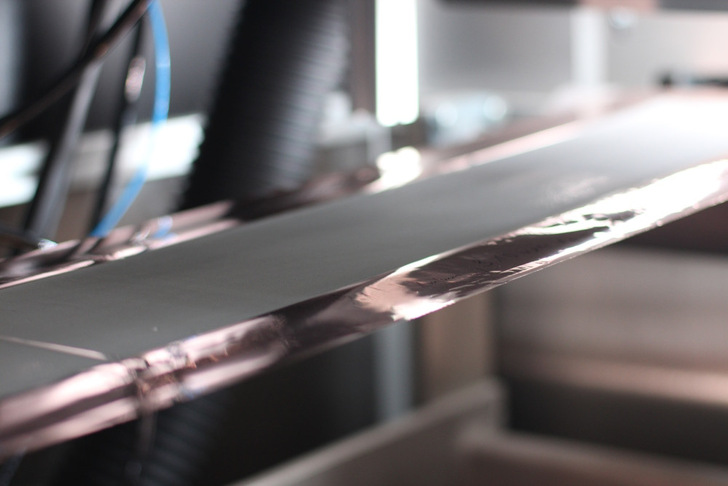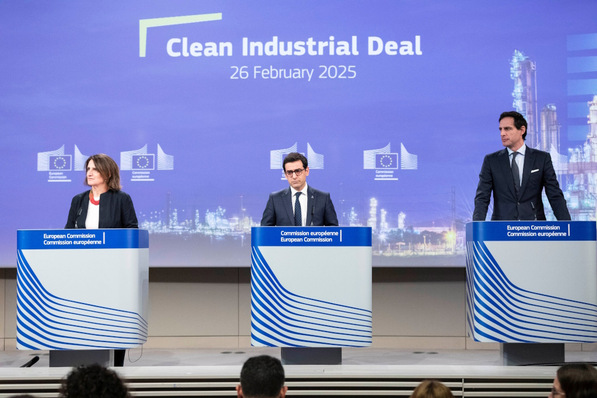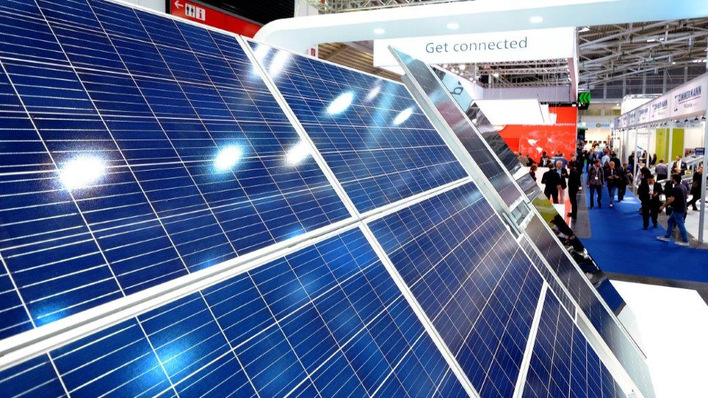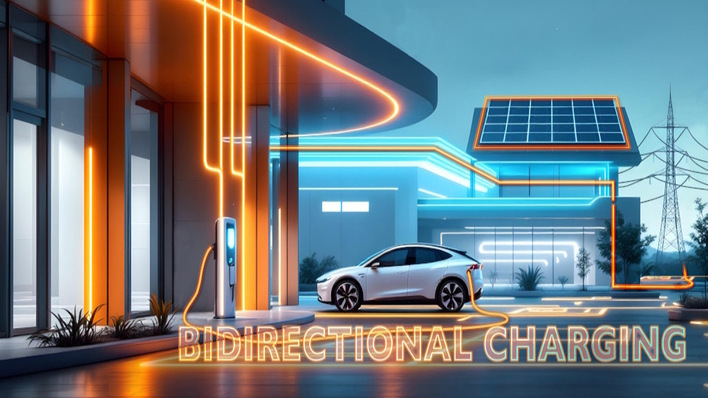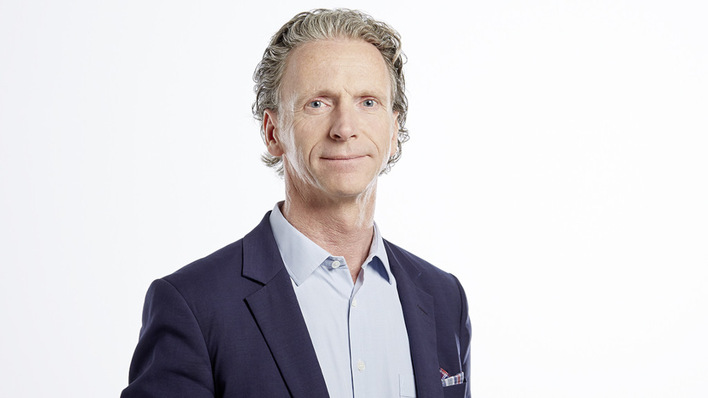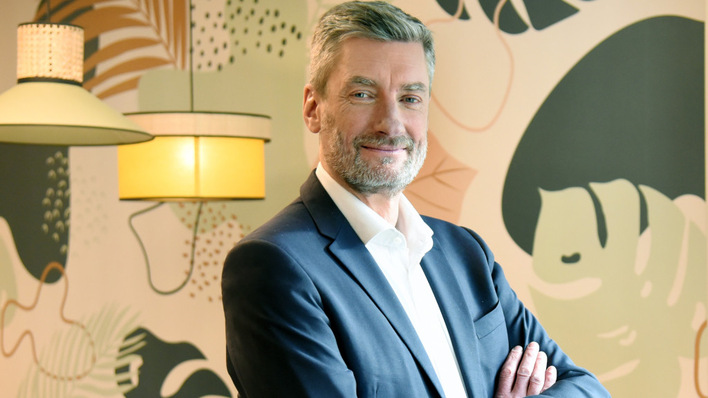Especially new technologies, supply chains, sustainability and recycling will keep the industry on its toes this year. ees Europe, Europe’s largest and most international exhibition for batteries and energy storage systems, and Power2Drive Europe, the international exhibition for charging infrastructure and e-mobility, will provide a comprehensive overview of the latest trends and developments.
They will take place from June 19–21, 2024 as part of the innovation hub The smarter E Europe, Europe’s largest alliance of exhibitions for the energy industry, at Messe München. More than 2,800 exhibitors as well as 115,000 trade visitors are expected to attend.
Dynamics of the industry will see some changes this year
Due to supply chains and raw materials, the dynamics of this industry will see some changes this year – changes that can also be seen as opportunities. China’s graphite export restrictions are forcing European battery manufacturers to optimize their production processes, raw material sourcing and supply chains in order to remain competitive.
The development of existing technologies such as lithium-ion batteries and battery energy storage systems (BESS) is crucial for the European industry, but the development of new battery technologies is also gaining importance. This concerns all stages, from battery production to recycling. And by focusing more on sustainability, European manufacturers can maintain their competitive position.
New technologies can reduce dependence
Germany and Europe depend heavily on raw materials. To reduce dependencies and to secure supply chains and production, diversification of supply chains and new battery technologies are almost unavoidable. The ever-increasing demand for batteries is also giving rise to alternative technologies. According to the Fraunhofer Institute for Systems and Innovation Research (ISI), alternatives such as metal-ion, metal-sulfur, metal-air and redox flow batteries could take some of the pressure off selected markets and applications.
Solid-state batteries are also on track for significant progress in 2024. Sodium-ion technology is also gaining ground. Longer storage times, lower costs and the current state of the supply chains in other areas make this technology increasingly attractive, because it doesn’t require cobalt, nickel or lithium.
The trend in balance of systems towards extending the life span of large-scale batteries – currently primarily lithium-ion batteries – will continue through 2024. Longer storage times at the same capacity improve the application potential.
Sustainability and recycling as an opportunity
The European battery industry predicts that production volumes will continue to increase due to the growing demand for batteries. This could shift the focus of production towards sustainability. “Reducing energy consumption across all production stages is at the heart of European cell manufacturers’ efforts,” says Professor Heiner Heimes, Chair of Production Engineering of E-Mobility Components (PEM) at RWTH Aachen University.
“Technological innovations such as laser-based drying of electrode coating could cut the total energy costs of cell production by up to ten percent,” Marcel Drescher of the PEM department Battery Production adds. Central and Eastern Europe have become particularly important production locations. Large sums are being invested in the establishment of production facilities for battery cells, but also battery assembly and recycling. In addition to Asian companies such as LG Energy Solution, Samsung and CATL, Mercedes-Benz, Volkswagen, Northvolt and Porsche are also investing in this region.
Christian Ferreira Marques and Karl Rottnick from the Waste and Battery Recycling department of the German Mechanical Engineering Industry Association VDMA: “Increasing electric vehicle registrations demand answers to the questions of raw material security and availability.” Even if most batteries are given a second life, for example, as stationary storage for grid stabilization, the amount of batteries that need to be recycled will increase fivefold between 2030 and 2040, according to Fraunhofer ISI.
“The local recycling of batteries and the recirculation of raw materials is an important building block for a European circular economy and increases the competitiveness of German and European manufacturers,” Ferreira Marques and Rottnick add. The new EU Battery Regulation in force since 2023 has further tightened the requirements for recycling. Although recycling of batteries is currently not profitable for many companies, recovering the materials is very important from an environmental perspective. The recycling business could become a second pillar for the EU’s industry in the future.
Trends and market insights at exhibitions and conferences
To get a comprehensive overview of trends and market developments, attendees can join the ees Europe Conference and the Power2Drive Europe Conference (June 18 and 19, 2024) the day before the exhibition opens. What’s more, trade visitors can update their knowledge at various forums throughout all three exhibition days. This is included with both conference and exhibition tickets.
Battery production is the central theme in halls B2 and C3, where the exhibition space “InterBattery Europe Showcase” can be found. The Battery Day Europe will take place in parallel to the exhibition on June 19, 2024 at the ICM. It is organized by South Korea’s largest convention and exhibition center Coex.
ees Europe, Power2Drive Europe and the parallel events Intersolar Europe and EM-Power Europe will take place from June 19–21, 2024 as part of the innovation hub The smarter E Europe, Europe’s largest alliance of exhibitions for the energy industry, at Messe München. (hcn)


